Landscape photographers need good cameras to capture the dynamic range and intrinsic details in an image. Landscape photography is about capturing the vast landscape, the grandeur of a mountain, or a nightscape with sky details and these are all elements that are quite far away from you. When you capture a landscape, even the farthest element needs to be in sharp focus with good details and the light and brightness need to be balanced and look natural. For this purpose, it is important to have a camera that will produce the desired results.
Here are some of the best cameras for landscape photography.
Canon EOS R5
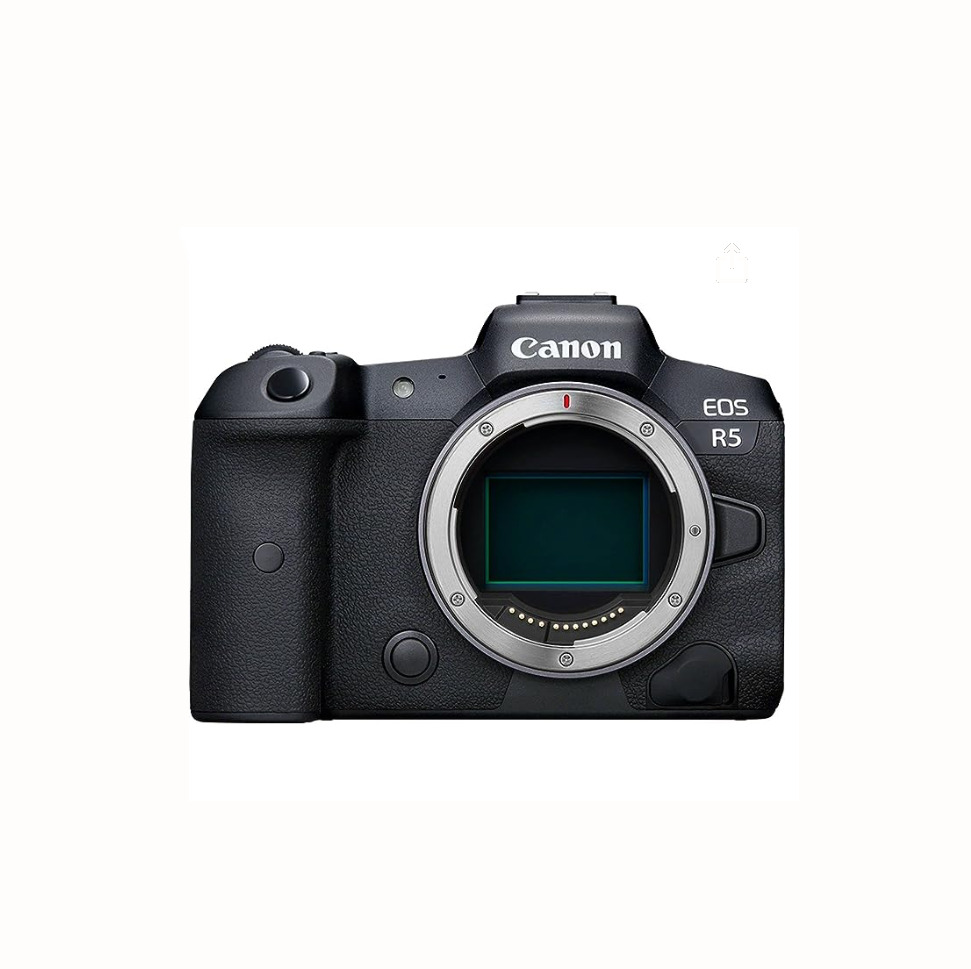
Full-Frame Mirrorless Camera – 8K Video, 45 Megapixel Full-Frame CMOS Sensor
Nikon Z7
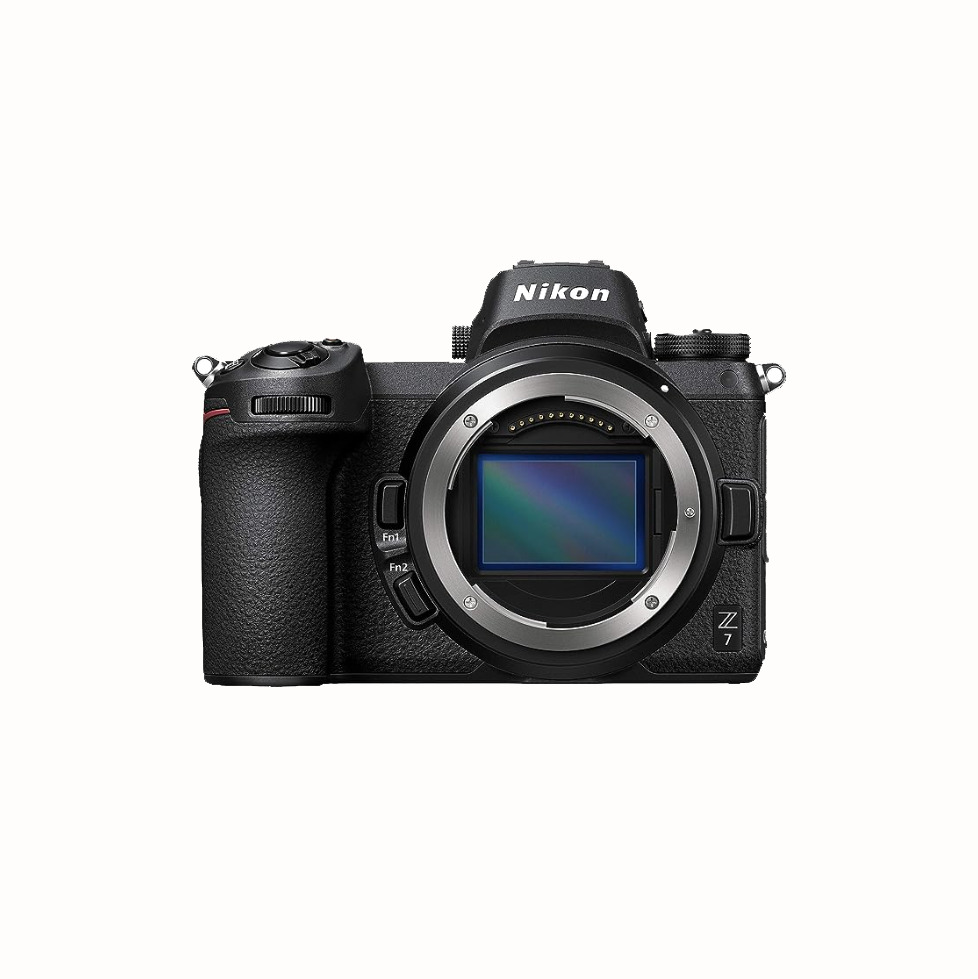
Full-Frame Mirrorless Interchangeable Lens Camera with 45.7MP Resolution
Sony A 7R IV
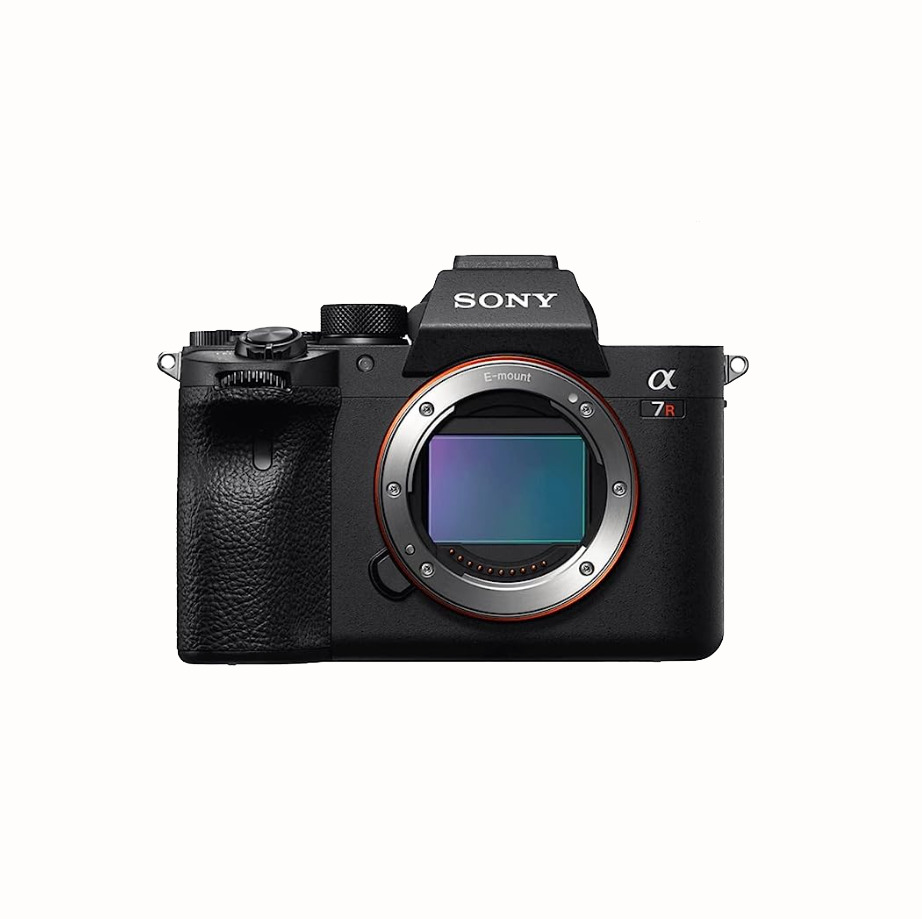
Full Frame Mirrorless Interchangeable Lens Camera with 61MP Sensor
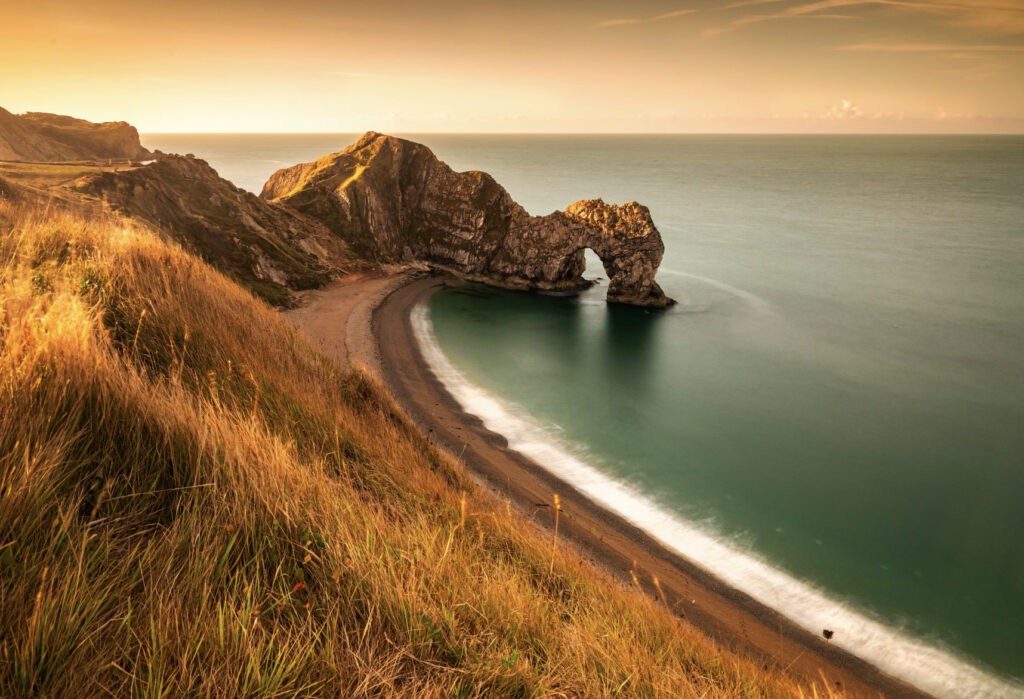
Image Quality
Image quality is one of the most important factors to consider when you are a serious landscape photographer. Larger sensors work great for that and so a full frame camera with a good resolution sensor is the best choice for landscape photoraphers. Besides, landscapes are shot during various times of the day including low light situations and this means a camera with good low light performance will be a great choice.
Dynamic Range
Landscape photography can be quite tricky when there is a huge dynamic range in the scene. When the light intensity varies beyond a certain limit, there are high chances that the image may have areas where details are clipped, for example during sunsets and sometimes sunrises. So a camera with a good dynamic range can be a great choice for landscape photographers.
Resolution
Cameras with good resolution image sensors are not the most important when it comes to landscape photography, but if you are someone who like to make large prints of your images for hanging on the wall or displaying in galleries, then you will need at least a sensor with a minimum of 24 megapixels. Large resolution images also mean that you can crop images without sacrificing quality.
Touchscreen Functionality
Touchscreens are not an important feature required for landscape photography but if you need the convenience of quickly zooming in, touch focus, navigating through menus, etc., then you can choose to have this option. Remember that it is always good to manually focus for sharp landscape photographs.
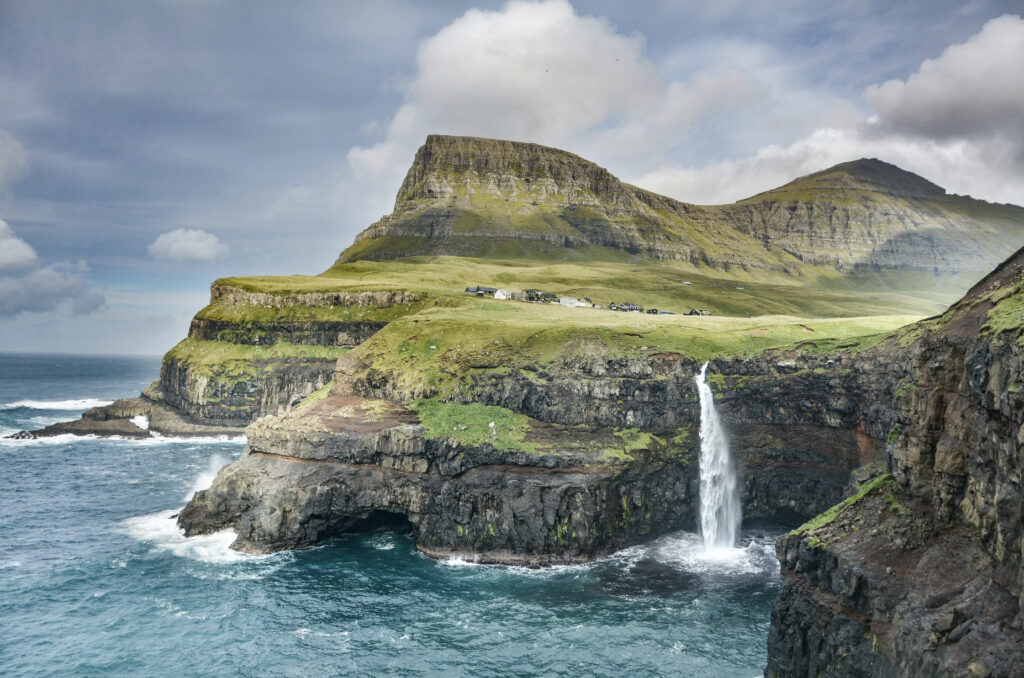
Weather Sealing
Landscape photography is done in many types of weather conditions like rain, snow, sun and the presence of various elements like the salt water by the sea, sand in the deserts, water near water features and so on. In order for you to protect your gear from these elements, you will need to purchase a camera that is weather-sealed and will allow you to shoot in any condition without worrying about damaging the gear.
Build Quality And Durability
Landscape photographers handle cameras outdoors in rough environments. Moreover, they travel a lot looking for unique landscapes and perspective and in this process, the camera will be exposed to bumps in uneven terrains. A camera will a rugged body made of durable material will save it from getting damaged in transit. DSLRs usually have well built bodies, but they can be quite heavy if you will be hiking a lot of photography.
Expert Tip On Landscape Photography: Use different camera settings based on each situation and take many practice shots. You need to know what kind of final image you want, to choose the correct settings!
Weight And Portability
Landscape photographers also have to sometimes hike to remote locations carrying their gear and other necessary items along with them. Some hikes can be quite tough and in these situations the photographers need to think about the weight of the gear they are carrying. It is good to go for compact cameras like the mirrorless full frame cameras or an APS-C sensor camera with a good wide angle lens will do the work as well.
Battery Life
Battery life depends on what type of landscape photography you will be shooting. For example, night time landscapes and other long exposure landscapes will drain the battery quite fast. If you are someone who captures time-lapses often, then that will also drain the battery quite quickly. It is good to purchase a camera that has a decent battery life.
Low-Light Performance
Low light will not be a problem for landscape photographers who only shoot during the day when the light is bright, but a lot of good landscape images are shot during the blue hour and even at night. In these situations, you will need a camera that will perform well to low light situations, which means, less noise at high iso values. Most recent cameras are great at handling low light and hence research on the one that works well for you.
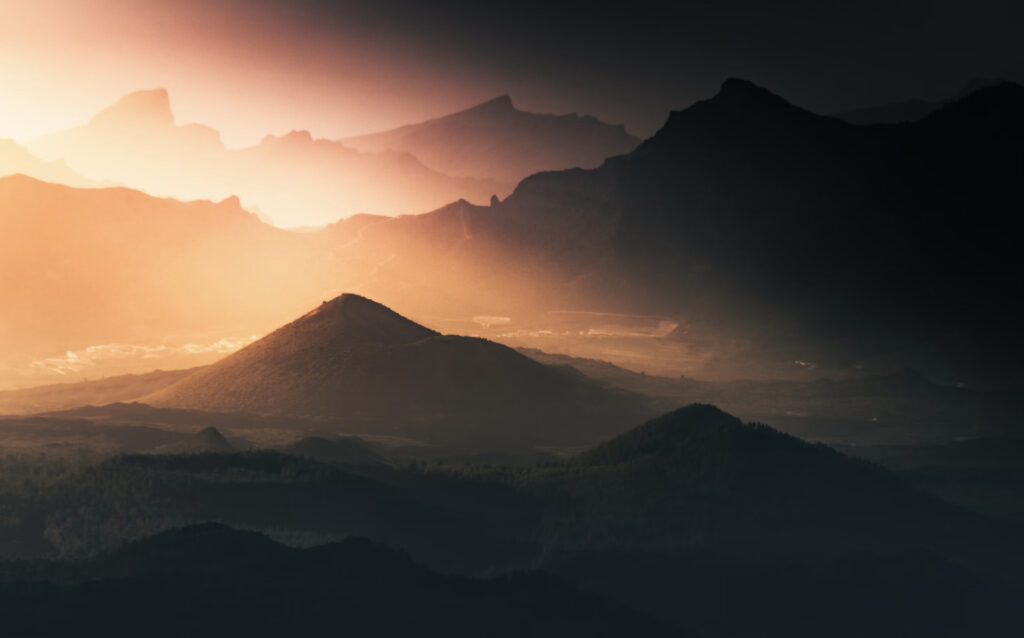
Viewfinder And LCD Screen
Landscape photographers will benefit from having a camera that has a tilting or articulated LCD screen as it will allow them to compose shots from unique angles and perspectives. These types of screens will also be convenient for photographers to make any changes in settings by looking at the screen, rather than having to readjust the camera for viewing purposes.
User Interface And Controls
A camera with a straightforward user interface and one that has easy access to buttons and menus will allow the photographer to make adjustments easily, when in the field. A photographer may need to change settings quickly and get the shot when the light is changing quickly in the scene.
Expert Tip On Landscape Photography: A good app that can help with lighting situations, weather conditions, sunsrise, sunset, moonrise, moonset times can be a handy tool when out in the fields.
In-Body Image Stabilization (IBIS)
If you are landscape photographer who occasionally captures landscape images handheld, then a camera that has in body image stabilisation will help to reduce camera shake and capture sharp images. This will also be helpful in situations where you forgot the tripod or are unable to use the tripod.
Bracketing
Bracketing is an important feature for landscape photographers. If you are in a location with a huge dynamic range, or you are interested in creating HDR images, then bracketing will help you achieve this. The camera takes a series of shots at different exposures set by you and then these can be merged when post processing.
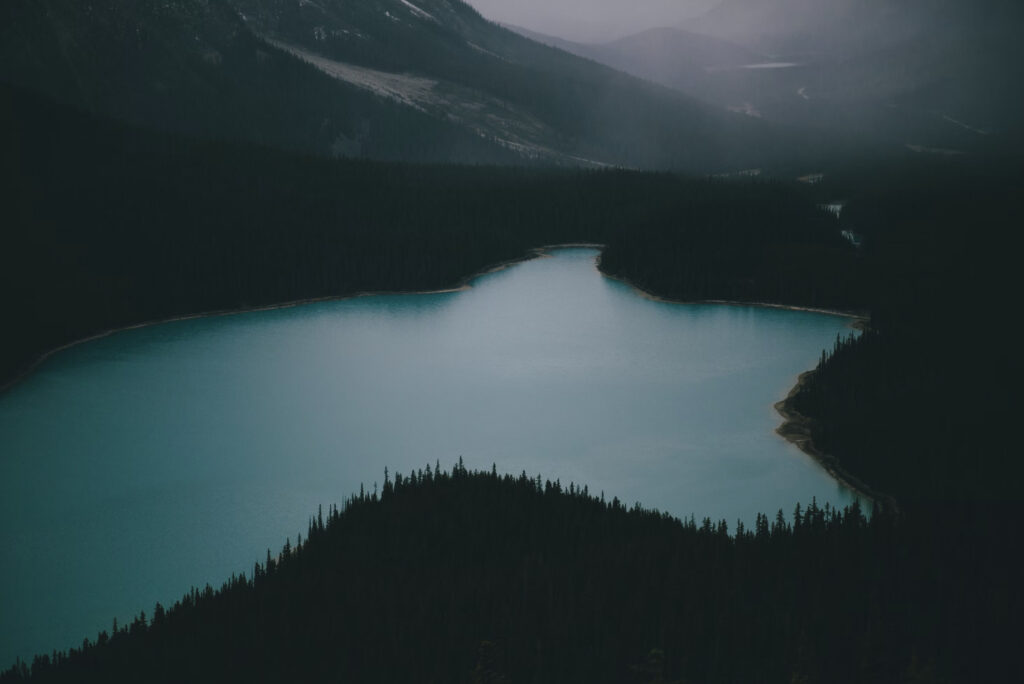
User Reviews And Recommendations
When buying any form of photography gear, it is important to look through or read a lot of reviews from people who have actually used the gear. These can provide you with valuable information on making decisions to purchase a camera for landscape photography.
Budget
Once you have looked thorough the features of the camera that you would like to purchase, you need to check if it suits the budget. It is good to not compromise on quality as there are a huge range of cameras with good features in the market, to suit everyone's budget. Decide on a camera based on what your shooting requirements are.
| Canon EOS 5D Mark IV | Canon EOS R5 | Nikon D850 | Nikon Z7 | Sony Alpha A7R IV | Fujifilm GFX 50R |
| $2,699.00 | $3,899.00 | $1,685.01 | $2,496.95 | $2,998.00 | $3,798.00 |
Below we have listed some cameras that are great for landscape photography. All these cameras have a huge range of lenses that are compatible with those cameras. The list includes DSLR, mirrorless and a medium format camera to suit everyone's interest and budget.
Here is useful video that provides some insight if you are looking to purchase the best landscape camera:
Canon EOS 5D Mark IV
This is a full frame camera with excellent image quality. The body is made of tough material and comes with some amazing features. The high resolution sensor offers a good dynamic range and can help to capture stunning landscapes in any type of lighting conditions and the outputs are great for large prints.
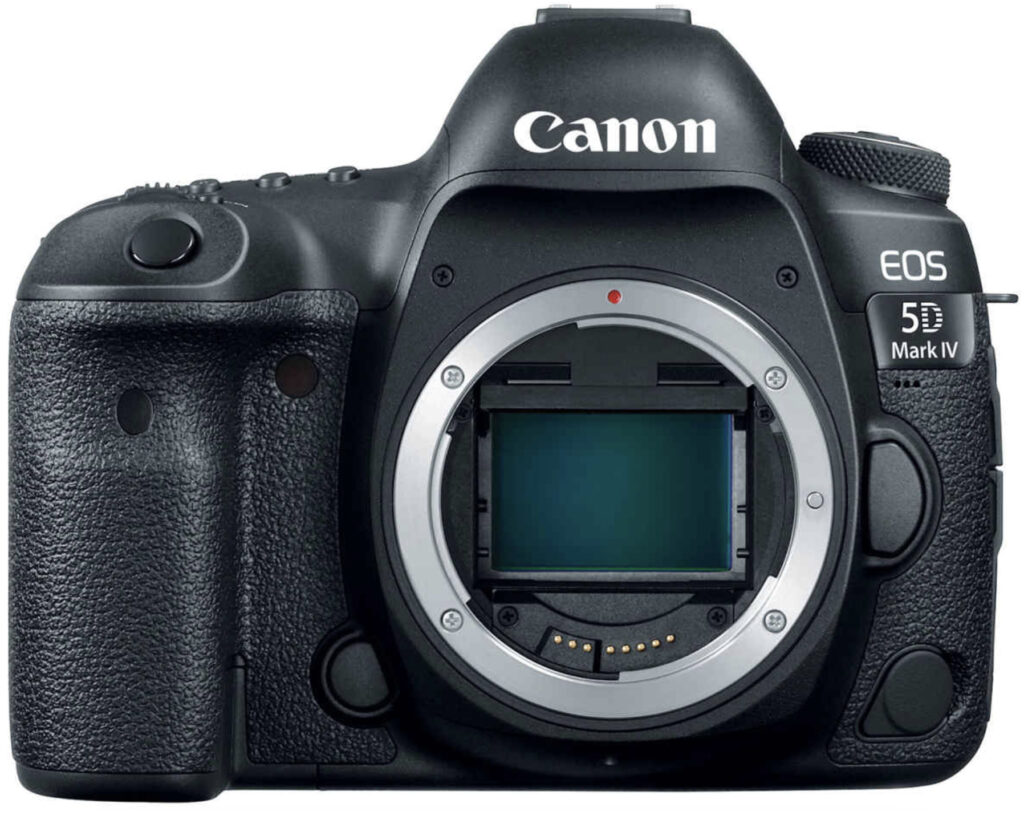
- The resulting image from the camera is great even when shooting scenes that have a huge tonal range.
- It has excellent low light performance for blue hour and night time landscape images without worrying too much about noise ruining the images.
- The weather-sealed body is perfect to shoot in extreme weather conditions.
- The bracketing feature is in steps of the number you need to photograph in a particular situation.
5.0 out of 5 stars Rock Solid Camera – Love It
I upgraded from a Mark II that I used like a rented mule. I had a couple of “must haves” for the upgrade. First, I needed a more sophisticated autofocus system. The Mark IV delivers in speed and accuracy, and it's easily customizable with both the switches and touchscreen. I also wanted more dynamic range, and at least they got into the Sony ball park. I would complain about it still being behind the Nikon D810, but it delivers enough to get the job done and it makes up for it in low light / high iso performance.
Canon EOS R5
This is a mirrorless camera from Canon and is suitable for landscape photographers who are also looking for great video capabilities. The camera produces great results when shooting in low light. The body is more compact compared to a DSLR and has a good build quality too.
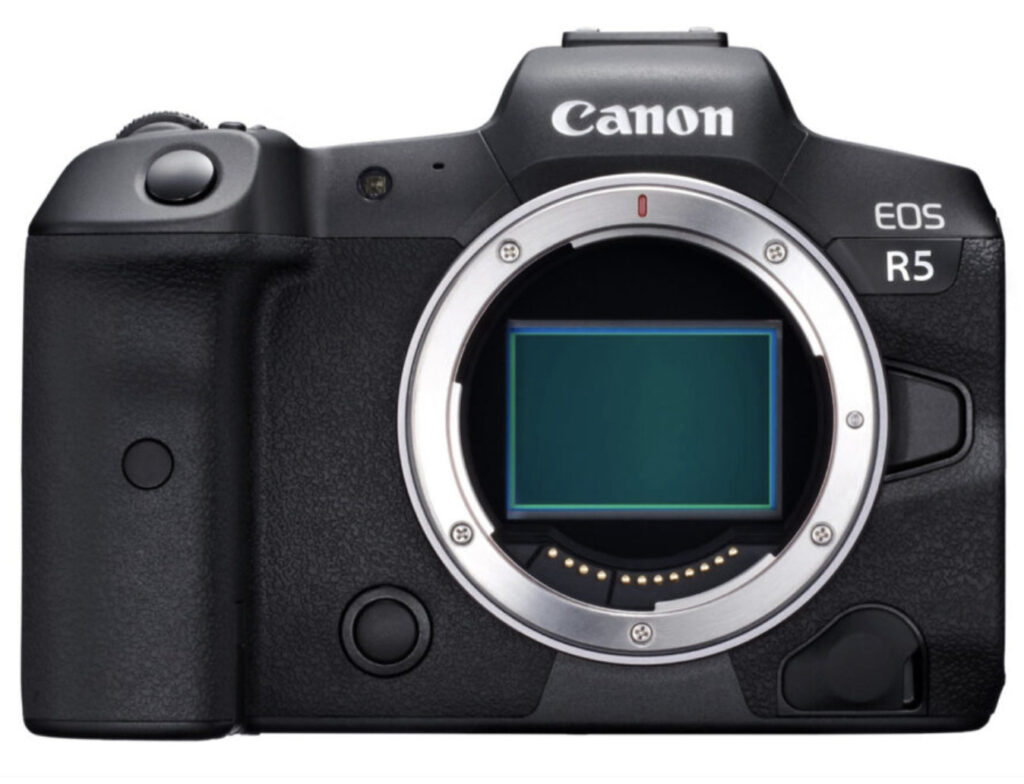
- One of the advantages of this camera is the vari-angle LCD touch screen, which means you can comfortably shoot unique angles and perspectives and make adjustments to settings easily.
- It has great focusing even in low light situations although it is not required for landscape photographers, but this feature can be used when shooting other genre of photography.
- The in-body image stabilization is a great feature for handheld shots.
- Since this camera has an adapter, you can use the lenses for DSLRs with this camera if you have previously owned a canon DSLR.
5.0 out of 5 stars Best Camera I have ever owned, by far.
The eye detection autofocus is so good, that I don't even have to look at my camera, because I know it will nail the shot almost every time. Sometimes, I put my camera on a tripod and take photos of myself to test the light. I use the Canon Camera Connect app from my phone to take the photo, and I never have an out of focus picture no matter what pose I use. The color science from Canon is unmatched in my opinion. Nuff said there.
Nikon D850
This has been one of the most popular DSLRs for landscape photography and comes with a well built weather-sealed body, a high resolution sensor and good low light performance. It also comes with a tilting screen that will be convenient when choosing to shoot using unique angles.
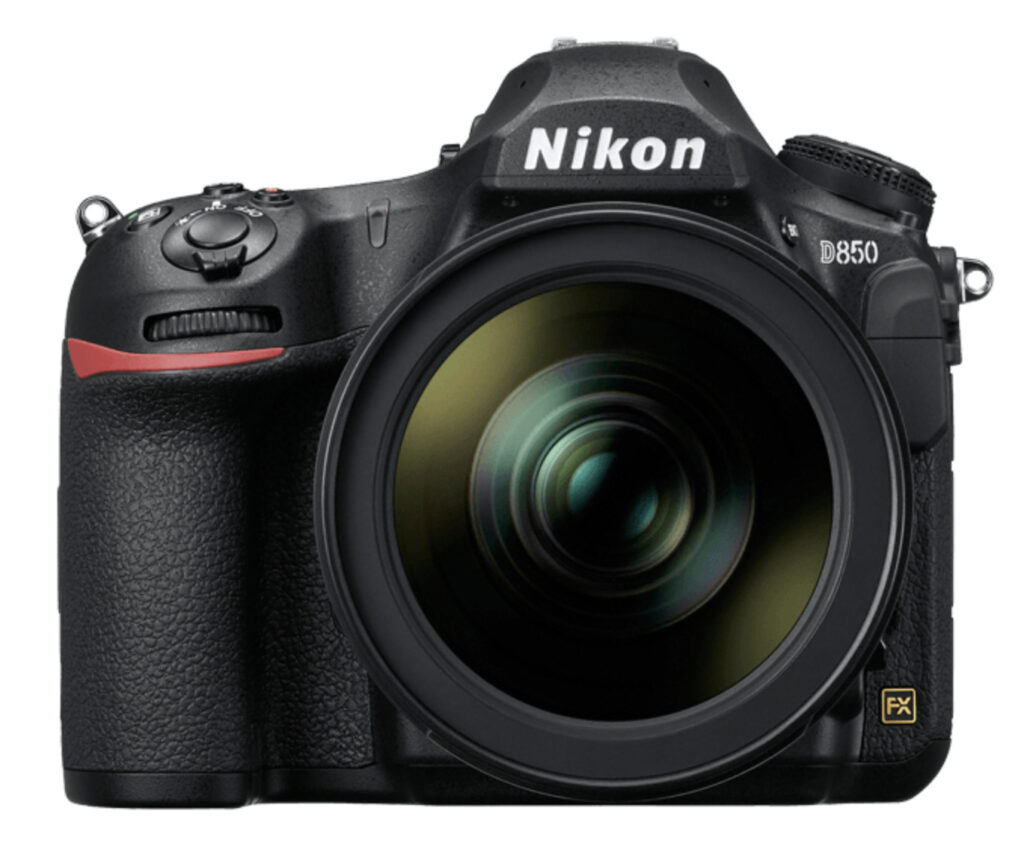
- This camera has a 100% viewfinder coverage which means the photographers will be able to capture exactly what they see through the viewfinder.
- The split-screen display zoom is another unique feature for this camera where different areas of the frame are zoomed in side by side to check for accurate focus and other issues in the frame.
- There are various autofocus modes, focus point settings, focus tracking etc. which can be used for other genre of photography.
- This camera comes with a lowest native iso value of 64, which means it can shoot sharp noise-free landscape images.
5.0 out of 5 stars Phenomenal Camera
This camera is possibly my favorite thing I've ever purchased. It's an absolute beast. My wife and I are both photographers of different types. She does portrait photography (newborn, family, etc) and I do landscape/astrophotography. For years we've been on the very-mid-range D5200. We bought it while we were still both working part time in school, so we had to go for the best one we could on the extremely limited budget we had. While it has served us well, it's obviously a cropped sensor body and it was time to upgrade to full frame, and many years later we're in a far better place financially.
Nikon Z7
This is a full frame mirrorless camera and comes with a good resolution sensor and other amazing features. The body is solidly built and this camera is capable of capturing a huge dynamic range.
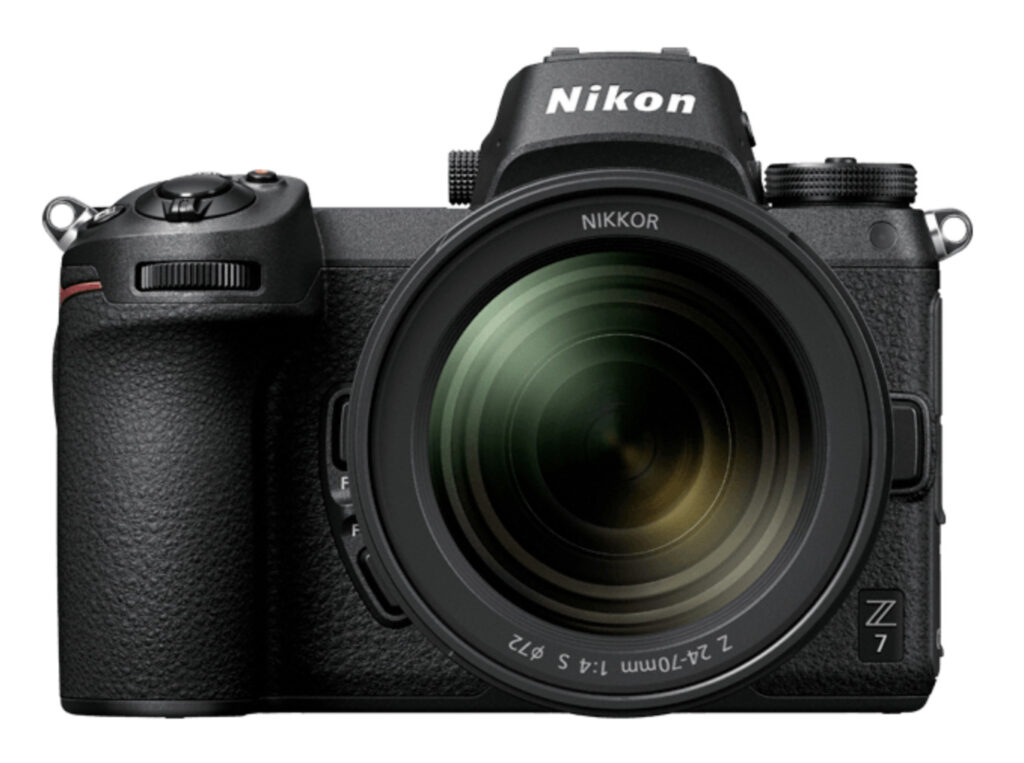
- Since this is a mirrorless camera, it quite light compared to a DSLR which means it is great for anyone who does a lot of hiking for landscape photography.
- High resolutions files means, you get great details in the resulting image and they can also be printed large when needed.
- It has a good dynamic range and is acceptable for most scene where there is a huge contrast in the light intensity.
- The battery life is not so great and can be very poor in extreme weather and temperature conditions. So you need to give it a thought if you shoot in extremely cold or hot weather.
5.0 out of 5 stars Nikon quality and more!
I’ve had the Nikon D700, D750, and D800 when they came out the first time and used them for many years. This model is a big step forward. Out of the box, the picture quality, focus speed, and quietness when taking pictures are the first few things I liked about this model. I’m sure the new built in image stabilization and faster processor are all factors in getting that incredible image. I still have to tweak the configurations and settings but so far I’m already impressed.
Sony Alpha A7R IV
This is a full frame mirrorless camera and like many of Sony's popular mirrorless cameras, this camera is known for its great performance and compact design. The larger sensor is capable of capturing low light shots with no or very less noise.
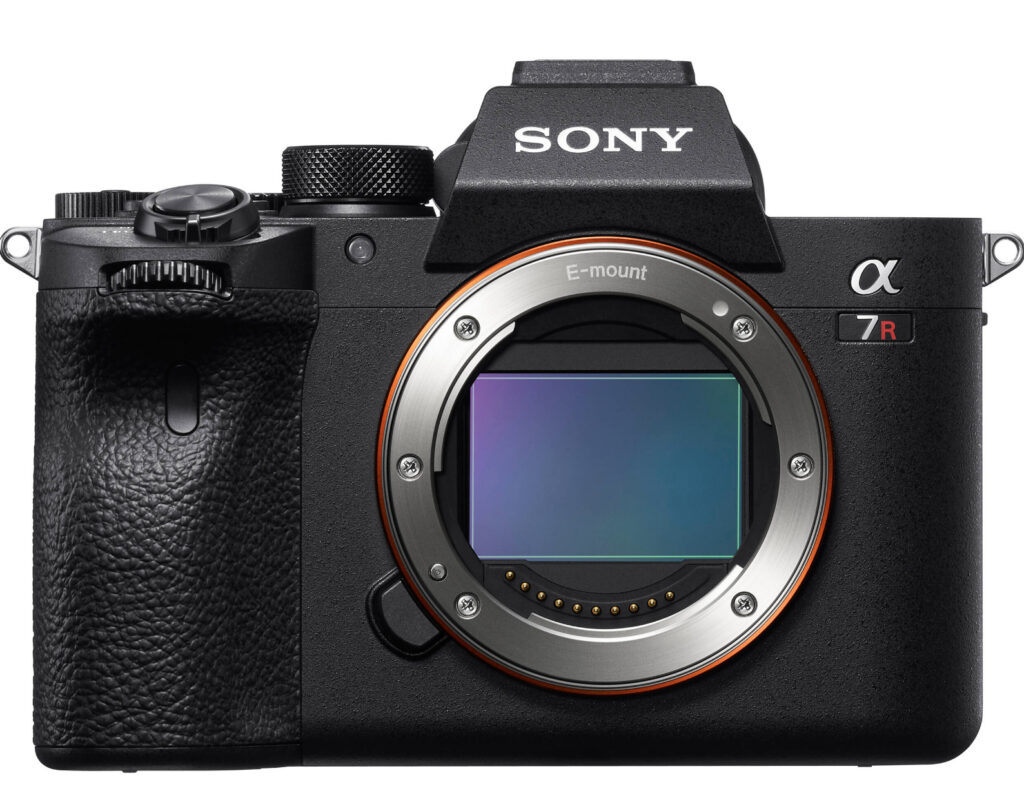
- This camera comes with a very high resolution sensor which helps to capture fine details and make large prints if necessary.
- The body is weather-sealed allowing you to shoot under extreme weather conditions.
- Although not an important feature for landscape photography, the autifocus is great, which can be used when shooting other genre of photography.
- The battery life is also great for this camera and hence a very good option for long exposures, time-lapse, etc.
5.0 out of 5 stars The megapixels are worth it!
I have owned every A7r camera including the original, A7rii, A7riii, and now the A7riv. The A7riv is the first big image quality improvement in years! Is it worth it to upgrade to 60MP? Definitely but be aware that this still a specialized camera and not an action camera.
Fujifilm GFX 50R
This is a medium format camera with a very large sensor and hence the results from this camera are great, making this a good choice for landscape photography. If you are someone who is into medium format cameras, then this camera from Fujifilm is an excellent choice.
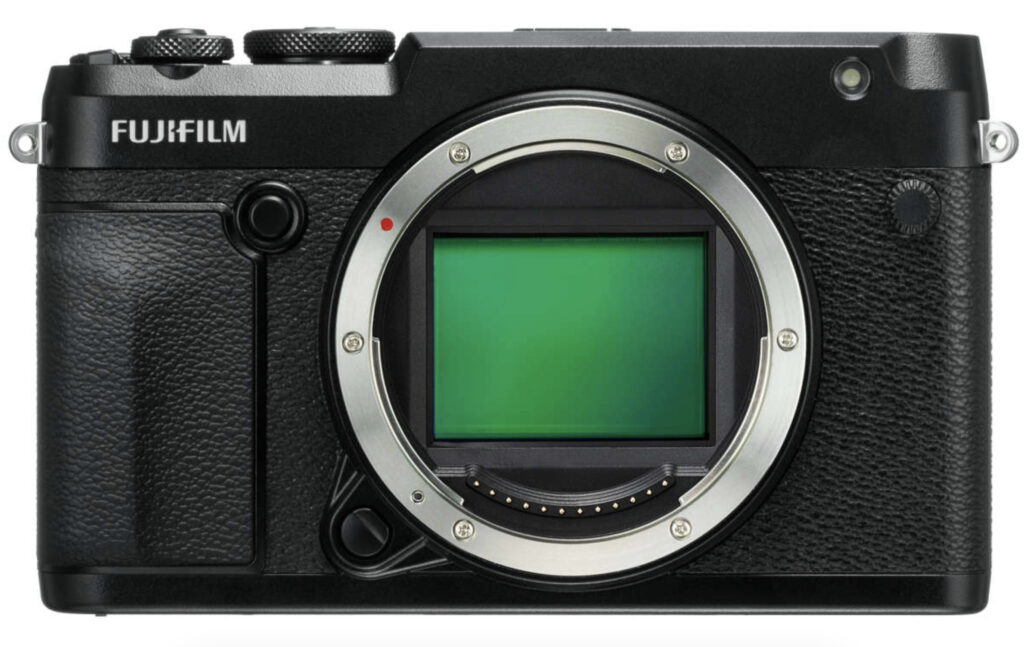
- The camera is very compact and lightweight and is a great option for landscape photographers who hike or travel a lot to their locations.
- The camera comes with a dedicated exposure compensation dial, which makes it very easy in situations when you have to use this feature.
- The autofocus is accurate, though not a very important feature for landscape photography.
5.0 out of 5 stars And One Camera . . . To Rule them All
This medium format wonder hews closely to the form and function of its Fuji forebears. It accepts all manner of lens adapters and with the exception of particular wide lenses, most lenses have near to full coverage for the larger sensor. The native lenses are exceptional but pricey.
We hope that the above recommendations will help you to decide on a good landscape camera based on your needs and budget. The most important factors to look for are, resolution, low light performance, weight, dynamic range, choice of lenses, battery life and weather-sealed body.
Canon EOS R5

Full-Frame Mirrorless Camera – 8K Video, 45 Megapixel Full-Frame CMOS Sensor
Nikon Z7

Full-Frame Mirrorless Interchangeable Lens Camera with 45.7MP Resolution
Sony A 7R IV

Full Frame Mirrorless Interchangeable Lens Camera with 61MP Sensor
What are your experiences in landscape photography? Do you recommend a particular camera? Please share with us in the comments section below.



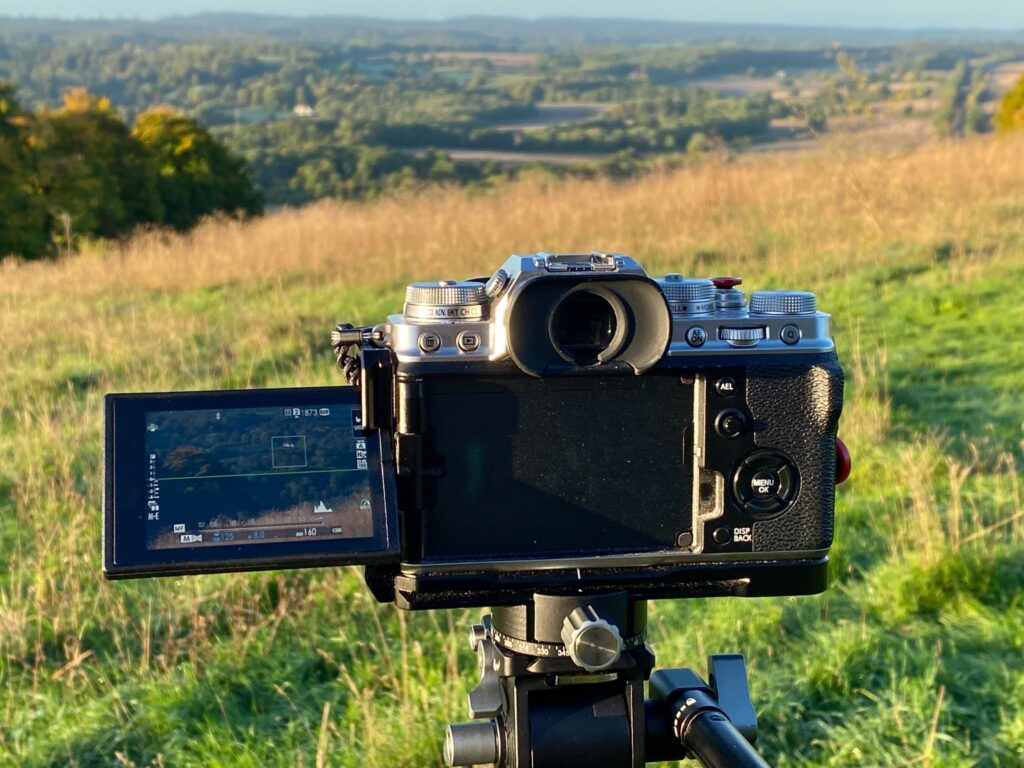
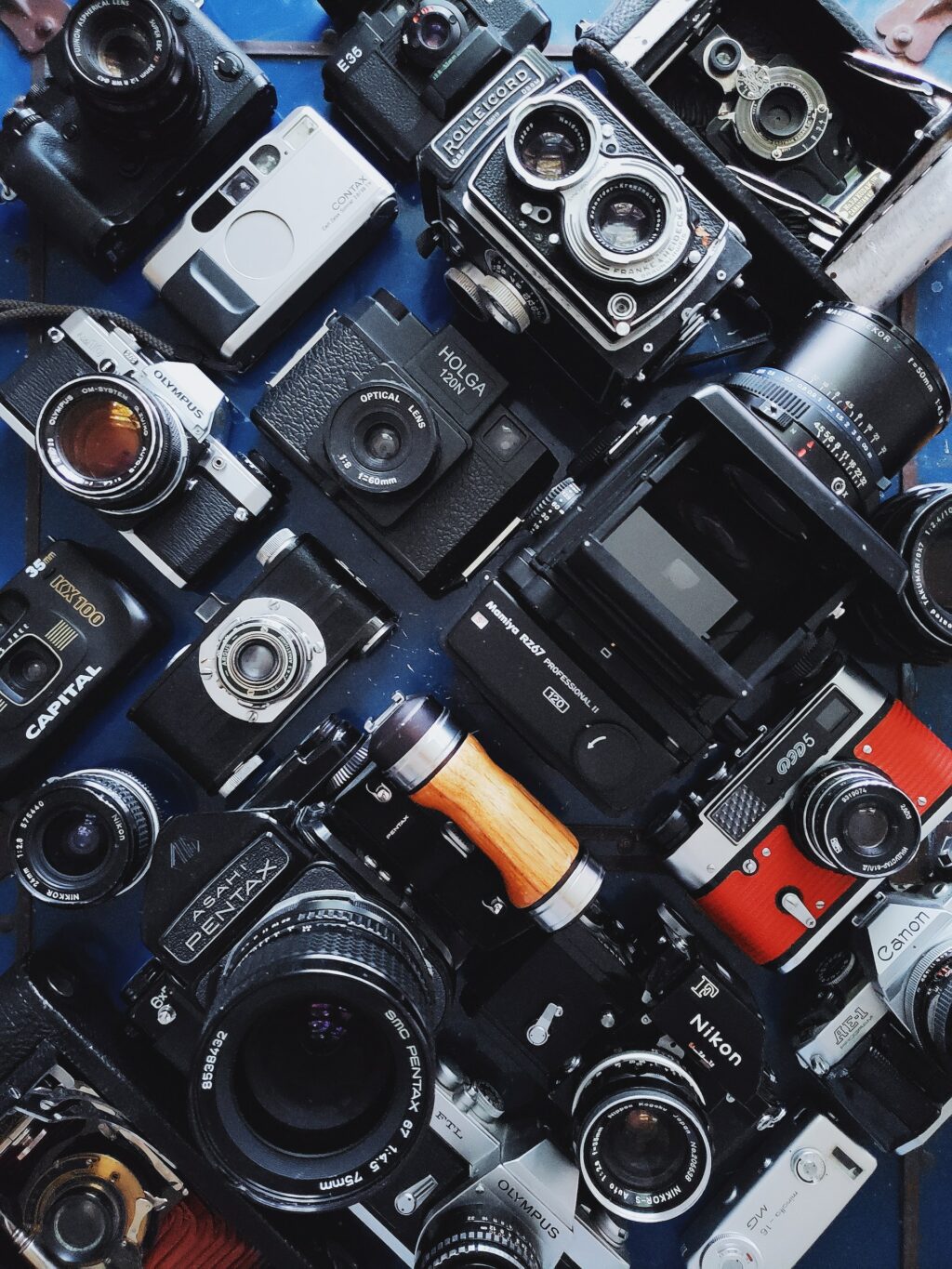
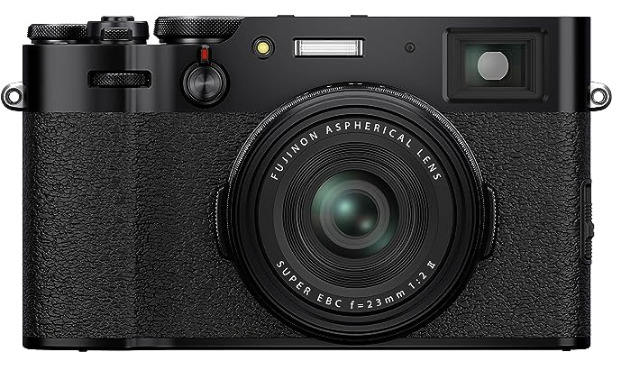
4 Comments
Pentax cameras. The Pentax K-1 and K-3 mark3 are best value cameras that offer weather sealing. Great dynamic range and best value for money. I have been a photographer for about 14 years won my fair share of comps and teach Photoshop. There is not a full frame camera that has the features of the K-1 for the money. Having helped many people over the years with Photoshop and seeing the raw files produced by all the major brands it might be a good idea for your writer to look at and review the Pentax line of cameras. Last year the Pentax K3 mark3 won the best APC Camera in the world. Good review but sadly no mention of Pentax gear.
How you could ignore Leica…?
Why no mention of the Box Brownie!?! This is a travesty!
I have been a lifelong Pentax user and the K 1 full frame camera with built in image stabilization is a great value, lenses are backward compatible